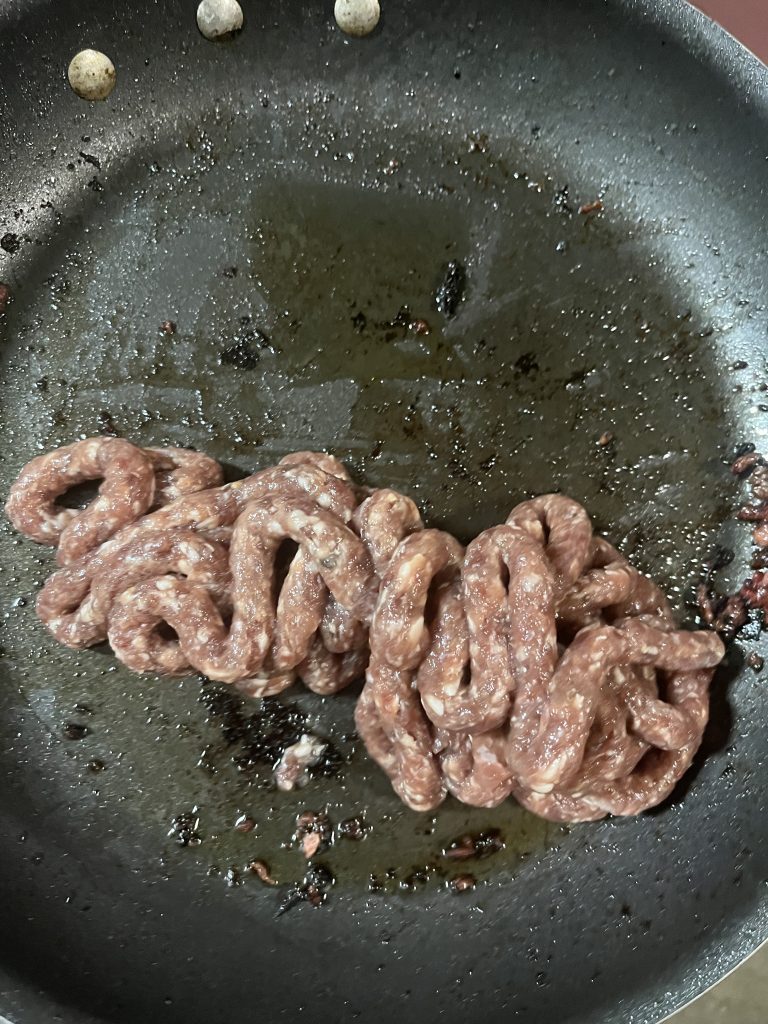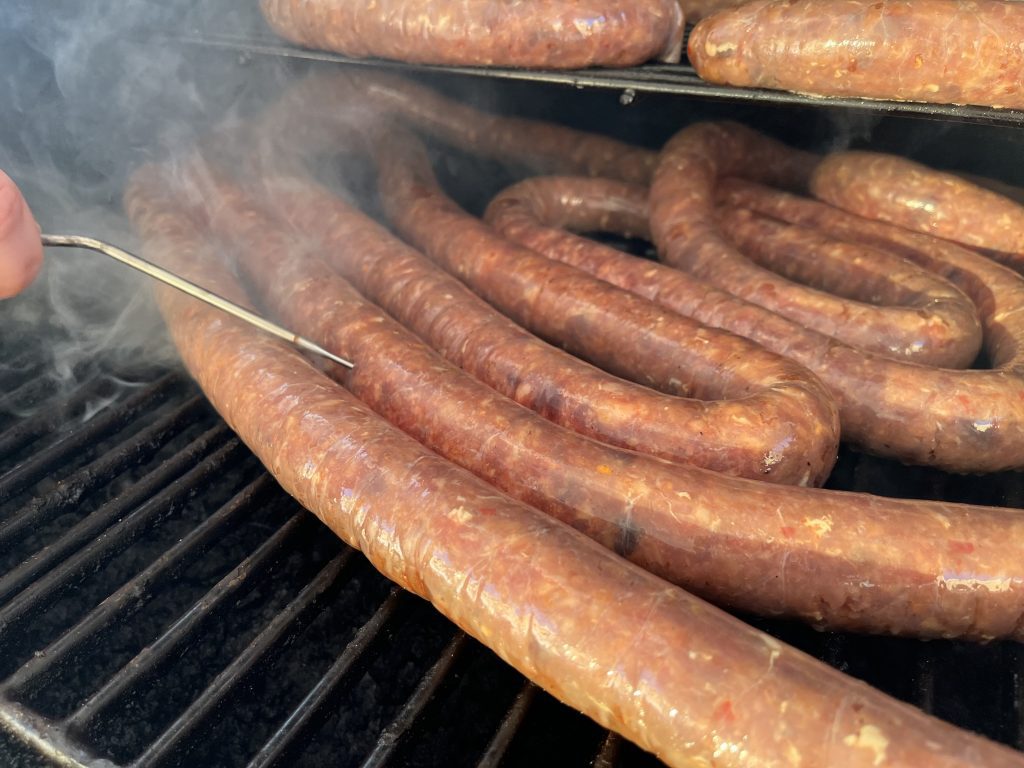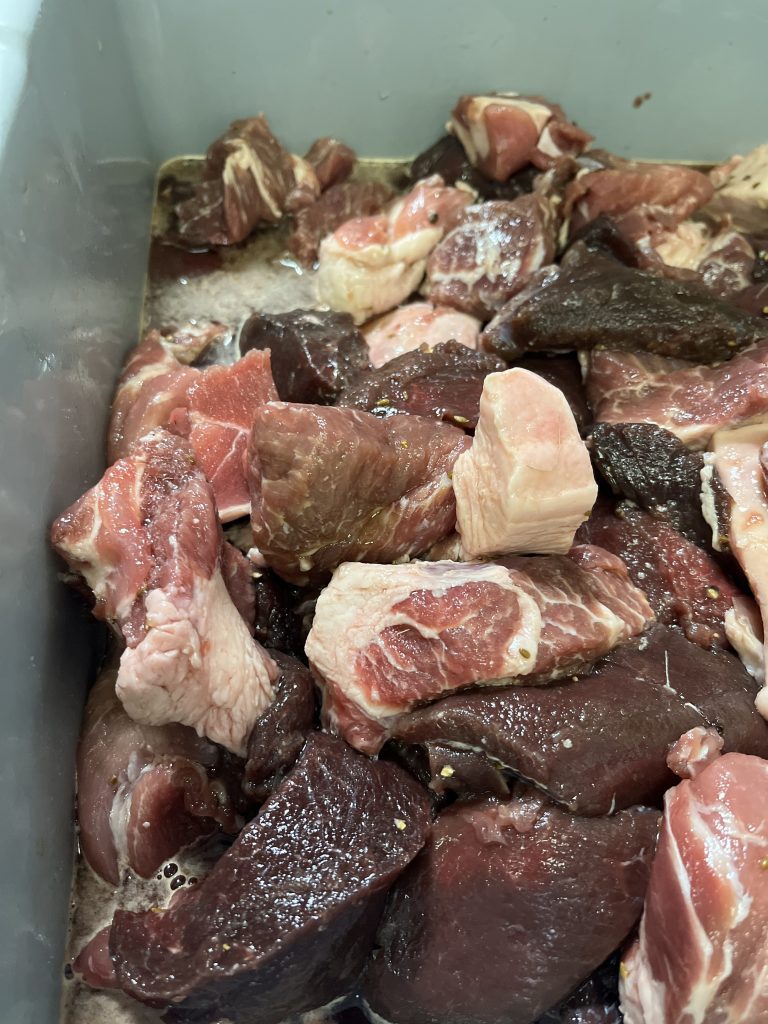

It's May. Actually it's not, it's November, well it is May; but I'm thinking about what I thought about last November, because I wish I would've thought about it in May. If you're confused, so am I and that's why I'm writing this article because one of the outdoor lessons that I keep learning every year actually starts in May. See, right around hunting season every year I realize what I wish I would've thought about sooner and have to scramble like pretty much everybody else to figure out what we need after we're done with a successful hunt.

One of the activities that I have the opportunity to enjoy every year is processing wild game with my family during and after hunting season. With everything going on in the world, I've had a lot of people ask what it takes to get into processing their own game. And this brings me back to my opening statement. One of the most important things about processing your own game is having a plan and preparing ahead of time. Now I understand how difficult this is with everything going on in our world and that's why I'm bringing it up now in May right before season opens… that's right, garage sale season.
Over the years, there's been a handful of lessons I've learned and as we were making sausage this last spring, my kids started laughing at me when I was telling them where I started out. Many years ago, my wife and I, after we got married, decided to try to make deer sausage for the first time on our own, so we looked at all of the available options out there and decided to buy all of the attachments for our high-end kitchen mixer. We got the grinder, stuffer and everything else we thought we needed all in one kit. Now if you're just making a little bit of food for a meal or two, this option may not be a bad way to go. However, if you're trying to process an entire deer, this is definitely the wrong way to go. You don't want to burn out your really nice mixer, work for 8 to 10 hours longer than you expected and most importantly almost have your wife kill you due to all the dumb things you say trying to figure out how to use these tiny little attachments for her precious mixer.

The first lesson I learned is that it's OK to start small, just not tiny, and work your way to bigger and better equipment for a couple of reasons. I have a 5 pound sausage stuffer that is, for all intents and purposes, pretty annoying to use because you have to keep loading it over and over and it takes forever to do large batches of meat; like our 100-200 pounds of sausage at a time. When you're starting out, however, you tend to make mistakes (at least I did) and I found that making 5 pound batches at a time helped me make the necessary adjustments and smaller mistakes.

The other thing I like about smaller batches is that it's way easier to not get frustrated when you make a mistake, and you're gonna make mistakes. So take the time to buy an accurate scale that measures by the ounce. This way you can take seasoning mixes that are typically packaged for batches of 25 pounds divided by five and put them in separate Ziploc bags… don't forget to label the Ziplocs, like I have… more than once. Then mix up a 5 pound batch, smoke and cook it and see how it turns out. Make the necessary changes and try another batch until you get it to where you want it. Take good notes, so that you don't need to try to remember the following year what you did right and what you did wrong.
The next lesson I learned was a little costly. There's a lot of cheap grinders on the market that you have to be extremely careful with and even then there's a really good chance they're gonna burn out. What I found is that when I was starting I would've been better off buying a really nice hand grinder while I was learning and save up the money for a quality, large grinder that you only need to buy once. Hand grinders are a lot of work, but they actually get clogged up less and are safer for beginners than the other options.

There are a lot of good YouTube videos out there and other trainings from different companies that are incredibly helpful when learning how to process your own game. But one of the things that I found to be invaluable is to find a mentor to learn from. When it comes to processing food, I think I'm to the point of believing that it's about 25% skill and 75% art. What you are learning from someone online, in a book is the skill part and what you’re learning from a mentor is the art part. What you’ll find is that it's more important to pay attention to all the little details while processing so that you learn what works and what doesn't. One example is how cold the meat is while you're processing it. Many times the colder the meat is, the easier it is to work with. Another example that we learned the hard way is not having enough water in our sausage mix that makes it sometimes almost impossible to stuff into casings. So make sure you pay attention to the little details and write them down for your favorite recipes.

What's been helpful for us as a family is taking the time to plan ahead. As you're reading this article, our family is not only applying for tags and licenses for the fall, but also having a discussion on what we want to make when we fill our tags. This gives us the opportunity to either save up the money to buy something new to add to our processing collection or keep our eyes open for something at a garage sale throughout the summer. We can pick other people’s brains on the things to do and not to do and be ready come this fall.
I think one of the most valuable lessons that I've learned every year is the importance of spending time together with family and friends. There's just something magical about the laughter and sharing of stories that builds relationships like no other way when you're processing your own food together.
Geremy Olson grew up in the outdoors. After being burned as a volunteer firefighter, he had to figure out how to teach outdoor skills to his children from a wheelchair while learning to walk. Today he is an inspirational speaker, author, FCA Outdoors ND director, tournament director, video producer, wildfire consultant, and proud father of the owners of Missouri Secrets Tackle & Secrets to Fishing.